
This past week has been an emotional rollercoaster. After four and a half years and with the imminent birth of my first child, it is time for me to say goodbye. During my time at Angama, I have written 162 blog posts and on each occasion I have sat at the computer, staring at the flashing cursor on a blinding white screen and wondered, how was I going to sum up yet another magical week?
This series has become an archive of imagery and storytelling. It has become a resource for those who want to stay connected to the Maasai Mara landscape and along with other photographers and guides who contribute to it, helped communicate to the world the importance of conserving this ecosystem. We have followed the trials and tribulations of individual characters and revelled in their glory; we have captured the floods, the fires, the fights, and the frenzy. And we have documented the beauty and tranquillity of the grasslands and celebrated its abundant life.

Daybreak in the Mara Triangle and the gentle rumble of vehicles can be heard as guests head out on safari. Enthusiastic guides, expectant visitors, gorgeous golden light and the air of potential. As visitor numbers start to increase, so do the numbers of hot-air balloons that rise. Gently, effortlessly, they drift across the landscape. Last night’s drizzle has left droplets sprinkled over the spiderwebs. Nature is always at play.

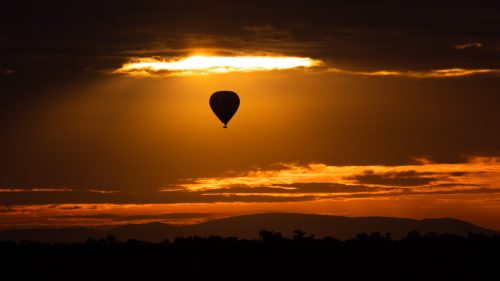


Wildlife photography allows us to merge creativity and animal behaviour. It’s often a challenge and an opportunity to be creative and showcase ‘everyday’ Mara scenes in unique, memorable and beautiful ways.
An in-camera double exposure of three giraffes walking across the horizon allowed me to have some fun. Another journey, this time with a vibrant backdrop, provided the perfect opportunity to show the beauty of the area, and the positioning of an evocative animal in its environment.

With regards to the environment, there can be no greater icon of the Mara than the balanites, or desert date trees. Sculptural and elegant, they instantly provide countless opportunities for a neat composition. Whether it’s at sunrise, sunset, or in the middle of the day, the simple trees dotted across the landscape will never let you down.
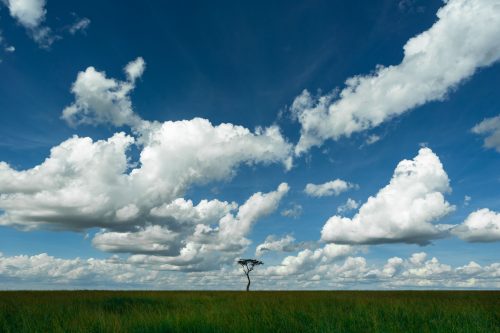

Over the years I have watched the elephant population grow steadily across the Mara Triangle. Under the careful stewardship of the rangers, these majestic animals enthral us on every drive. This specific part of the Mara is a haven for elephants — they love the soft juicy grasses and the abundance of water. Large herds of extended family units can be seen peacefully moving across the clearings. The backdrop of the Oloololo Escarpment immediately provides context and adds depth.

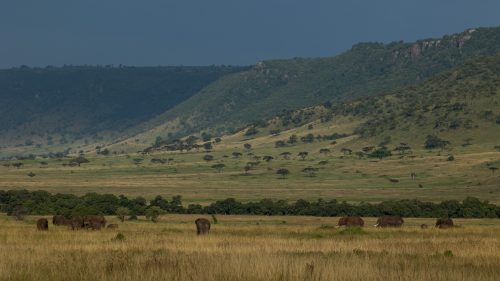
We are seemingly in the midst of a cheetah revival in the Triangle. As spoken about in last week’s blog we have been seeing two brothers and a pregnant female. This week, we have heard rumours that she may have given birth. As eager as we all are to see newborn cheetah cubs, we have to remember just how vulnerable this time is for them, respecting the mother and her space. If we give her time now, we will be rewarded in the months to follow.

In addition, there has been a fourth cheetah seen — another female who also looks like she may be nursing. I was fortunate enough to spend some time with her as she hunted two impala herds. She was unsuccessful on both occasions and we left her in peace, knowing that her catching a meal was far more important than us getting photographs.

I feel buoyed to be leaving Angama timed with the recent improvement in leopard encounters. One of the roles I was initially tasked with was to document the leopards and to work on ways to improve sightings. It was hard work and much time spent in the field and with guides, but we are really starting to see the fruits of our labour. Stay tuned, as we hope the Mara Triangle continues its trajectory in becoming a premium leopard-viewing landscape.
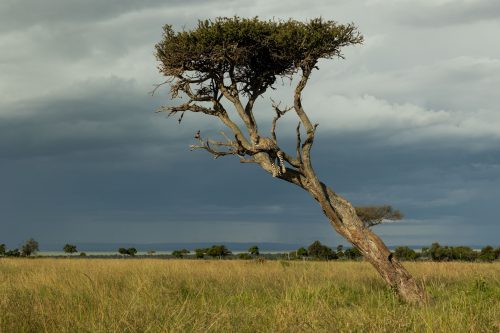

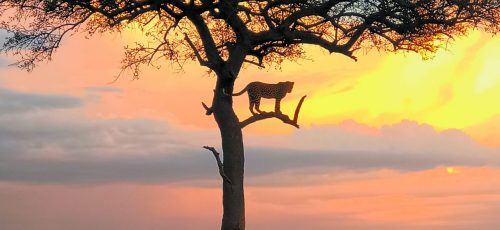
Lion sightings, which you may know are my favourite, have been great this week. One of the focuses over my last week here has been to touch base with as many individual lions and prides as possible. During a four-day photography workshop with a guest, we managed to find, and photograph 46 different individuals from six different prides. Not bad considering the total population of lions in the Mara Triangle is around 100.
We are seeing a lot of mating activity lately and some fantastic behavioural sightings, especially on the recently burnt areas — which have turned into a grazing lawn for nice-sized herds of zebras, wildebeests, eland and gazelles.
The Lamai male and one of the sub-adult males were found in the long-grassed south-western areas. They had stolen a kill from the Sausage Tree Pride and were scrapping over the remains.

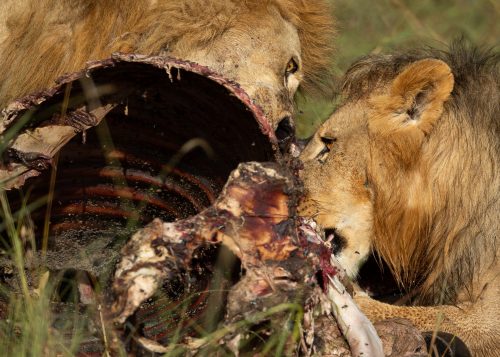

Members of the Paradise Pride appear to have landed in the heart of the Triangle. This large pride seems uneasy and misplaced. Something must have upset them on the other side of the river and they now find themselves in unfamiliar territory. Perhaps they are waiting for the water level in the river to drop before heading back north towards their birth area.
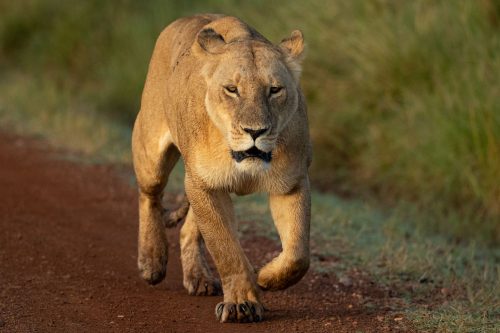
The Border Pride seems content with life, and I was amazed to find them on four consecutive days within a few metres. The youngsters are growing up quickly and this must be one of the most exciting prides to follow.
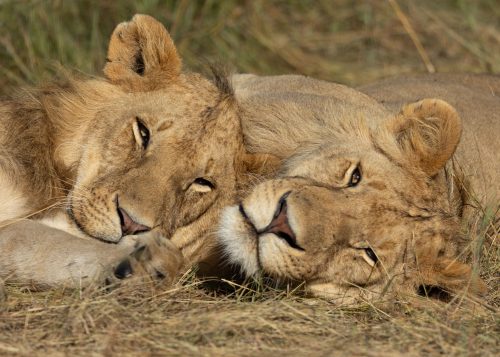
The Purungat Pride has historically somewhat eluded me. My luck seemed to turn this week and I was fortunate to spend a few hours with members of pride and their very sweet cub.
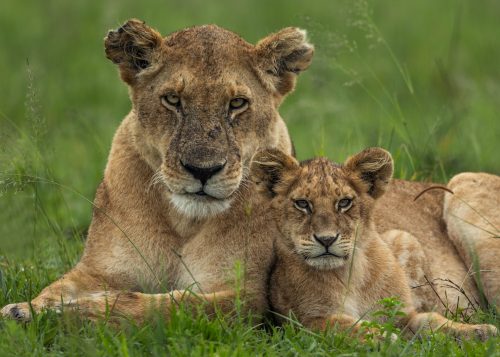
The Bila Shaka males are on the prowl again as they have been mating with a lioness along the Mara River. My guess is she was from the Paradise Pride, but I can’t be sure. We had one of the most electric mating sightings one morning with Doa — surely one of the best-looking lions in the Mara?

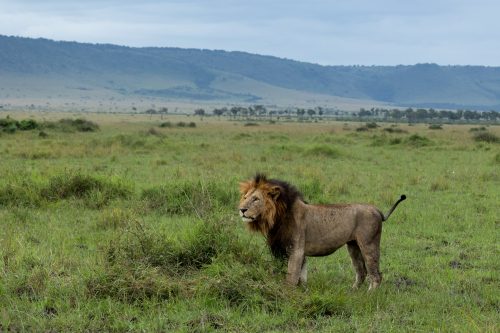
The Inselberg Males have been causing trouble. Their recent territory expansion to the north and east seems to have been successful — they have mated with the Purungat Pride but it did come with the cost of Ruka receiving a large eye wound. The Sheldrick Wildlife Trust and the Mara Conservancy rangers have since darted him and tended to his injuries. It seemed appropriate that the last lion I saw working at Angama was Manywele. This individual will forever sit close to my heart. He is the one I have probably spent the most time with, a lot of it coming during the pandemic when I was fortunate to be ‘locked-down’ within the Maasai Mara. It has been so special to see him come across from the Serengeti as a youthful sub-adult and gradually transform into an indomitable force. This shaggy-maned male holds a strong bloodline, born in Tanzania representing both the Mara and Serengeti ecosystems. He is the future of his species and reminds us why we must ensure that his kingdom, and all those around him, are protected for generations to come.

The Mara Triangle is a superb wilderness and it has been an honour to call it home. Although I am heading off to another part of the Mara ecosystem, I can assure you that this series will continue to grow, expand and flourish. I know that I will certainly read it each week to see how the lions I have come to love so deeply will live out their lives in this incredible landscape.
If you would like more information on the current dynamics of the male lions of the Mara Triangle please click here.
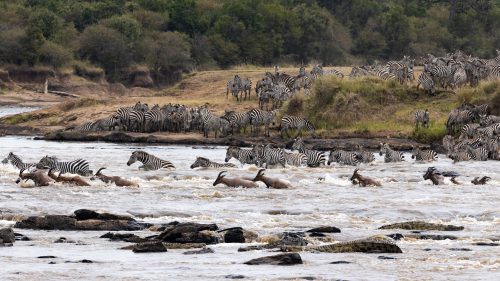
The migration varies from year to year. Looking back to this week last year we had already started seeing plenty of zebra (and crocodile) action at Main Crossing. The heavy, late and persistent rainfall this year may be why these crossings have yet to start?
Filed under: This Week at Angama
Subscribe for Weekly Stories
Comments (1):
20 June 2022
Awesome ! Thank you Adam and the wider team, for enthralling us week-by-week with your photography and stories of the Mara - wishing you everything of the best in your future endeavours.

The Angama Foundation